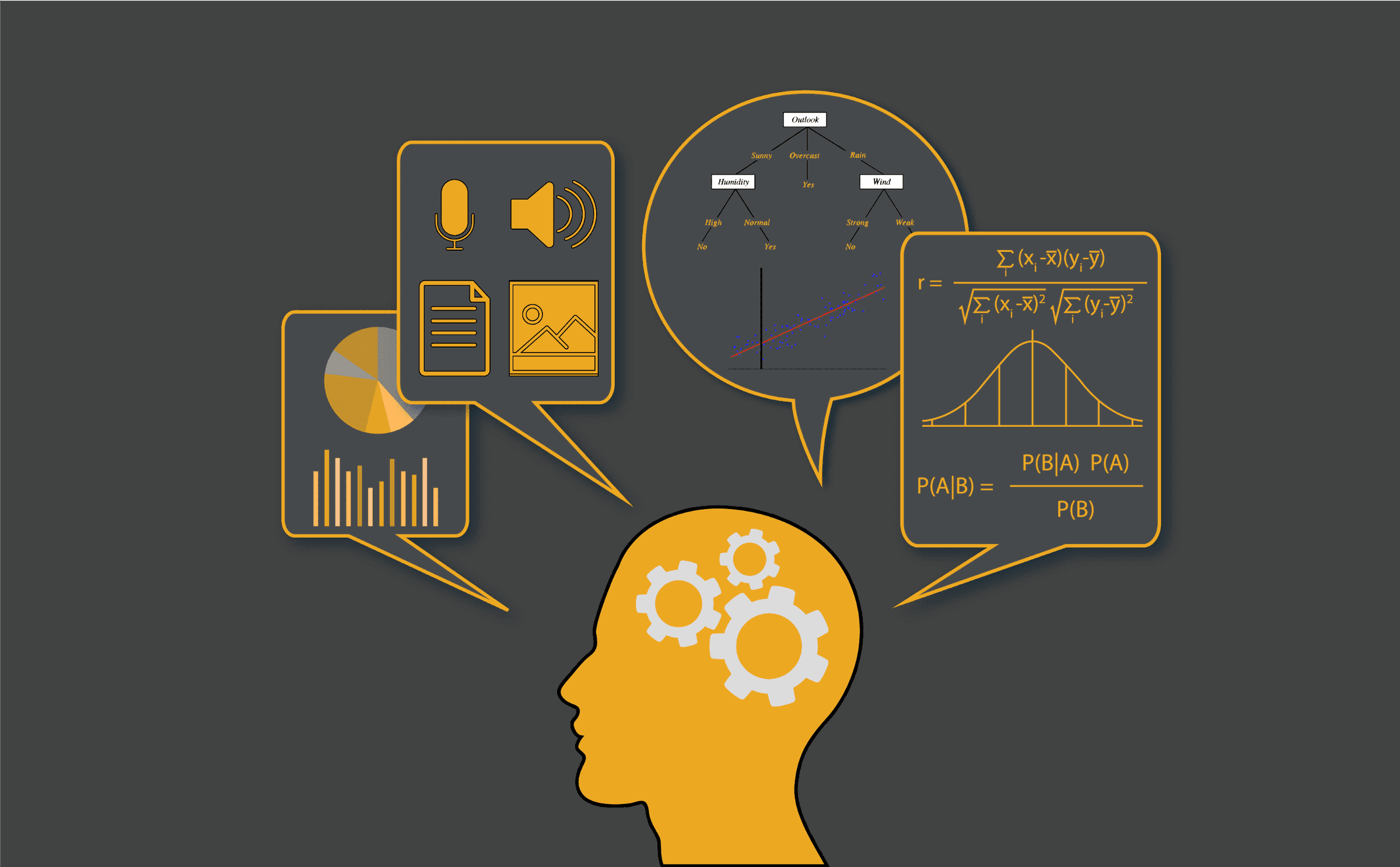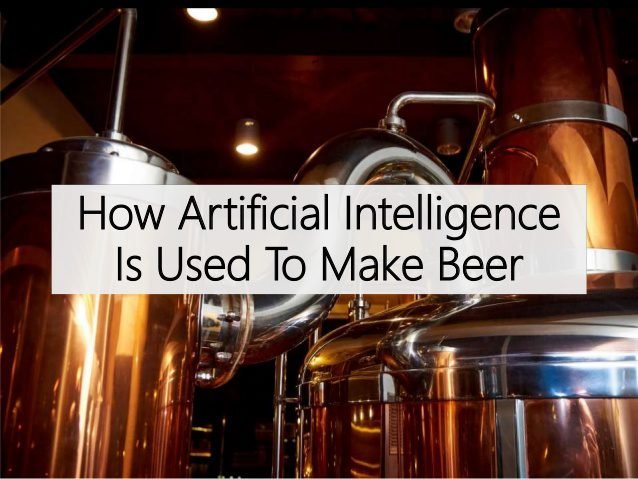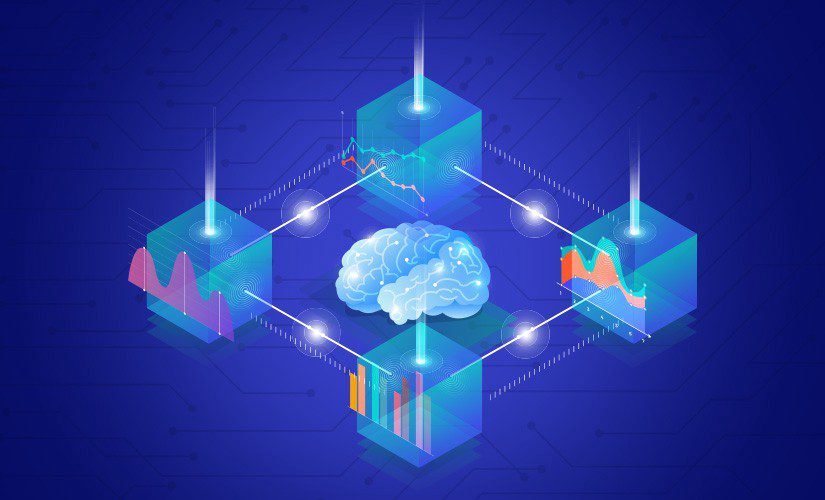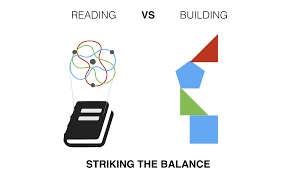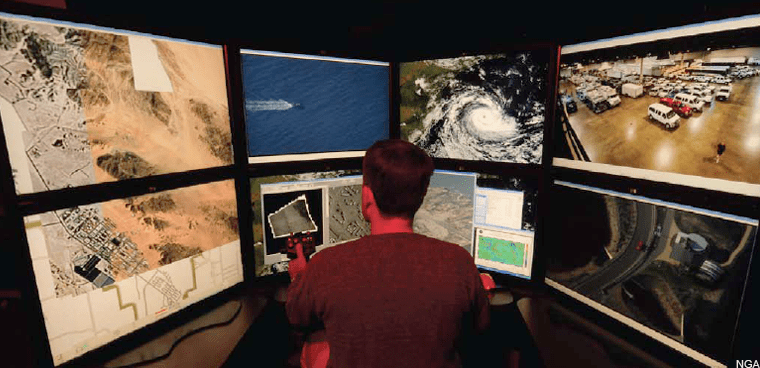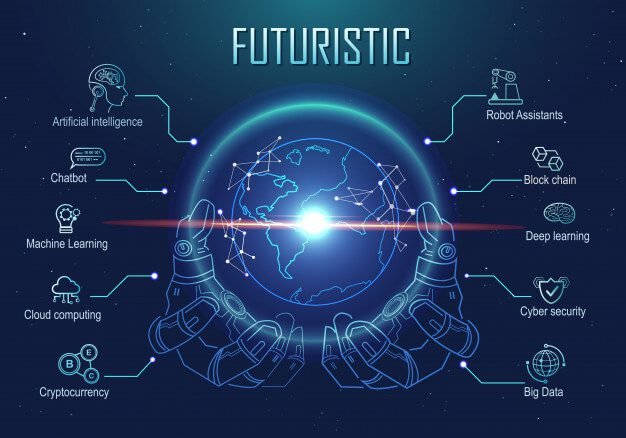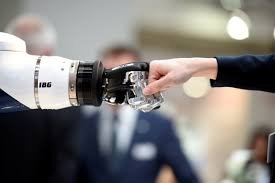Technology has taken a high route since Artificial Intelligence has gained immense impetus over the years. Alexa and Siri have become household names as millions of their users, start the day, and close the same with them.
Artificial Intelligence is also seen to be transforming a number of industries including the shipping industry.
This means that your cruise ships are about to you take you into the future. They will be driven by artificial intelligence instead of a crew member. In the year 2017, two friends Ugo Vollmar and clement Renault were all set to work on a self-driving car project until they stumbled upon an article that talked about autonomous shipping which made them sail in a different direction.
Human resources and autonomy
Autonomy would operate in a different manner when it comes to water than it does for roads. In the case of waterways, it will not completely eliminate the human resources on board. This is because when it comes to cars, there is only one person that takes over the entire control to operate it while for ships, there is a bare minimum of at least 20 crew members on board, all of them being assigned crucial duties.
Thus, in the case of roads, that one person can be completely replaced by autonomy, but not all the crew members can be replaced by autonomy in its entirety.
“Diesel engines require replacement of filters in oil systems—the fuel system has a separator that can get clogged. There are a lot of these things the crew is doing all the time” quoted Oskar Levander, the head of Rolls Royce’s autonomous system efforts.
This is why it can be said that the helm is most likely to be operated with autonomy using a robot or remote control while a part of the crew can help in taking care of the vessel. In addition to this, these automated journeys will have special rules created by the International Maritime Organisation which is most likely to happen in the coming years.
Key examples
One of the examples of companies that have employed artificial intelligence in order to robotize ships is Shone. They visualize employing artificial intelligence by planting sensors like radar and cameras that can help simulate a number of hazards around the ship and to navigate amidst them. Autonomous shipping helps in cutting costs of consumer goods as well as provides a safer environment for passenger ferries and cruise liners. Tugboats and ferries are likely to operate autonomously for at least a part of the time, the ones that only operate for shorter distances and time duration.
Finland and Norway have staked out testing areas for pioneering the commercial applications of autonomous systems that are likely to happen on the small coastal waters of Scandinavia. Rolls Royce orchestrated the first-ever public demonstration of an autonomous voyage by a passenger’s vessel. It was a state-run vessel that happened to avoid obstacles for 1 mile and also docked automatically.
Rolls Royce also revealed that on the day of the demonstration and the trails before that, the vessel was able to perform well even in rough waters, handling snow and strong winds which indicates that we are moving towards a world that will have machines employed everywhere to augment our experiences and make life easier.
Transportation made easy
At ports like Scandinavia where small ferries play a crucial part in the transportation network, in order to carry cars across fjords and connecting them to islands, autonomous systems will have it made it a lot easier. This is because the remote-control systems could allow for an expansion of service at the routes that are not very long, especially during the late hours and help reduce staffing, thus cutting costs, increasing efficiency and saving time. You can save big bucks by employing autonomous systems as the crew costs are really high and you can eliminate a big part of the same with artificial intelligence.
In a nutshell, we can say that we are moving towards living in a world that will be much easy to live in. Machine learning Training and Artificial Intelligence are taking over various industries eliminating its glitches and making operations better and more efficient.
For more details in brief and further career counseling, you can also search for – Imarticus Learning and can drop your query by filling up a form from the website or can contact us through the Live Chat Support system or can even visit one of our training centers based in – Mumbai, Thane, Pune, Chennai, Hyderabad, Delhi and Gurgaon.

